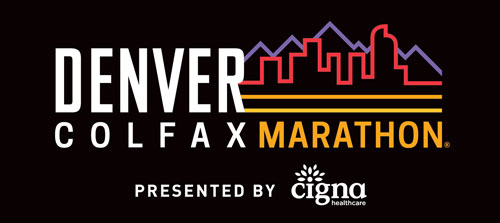Hot versus Cold
When are you supposed to use ice and when do you use heat? This is a classic question that many runners struggle with. How long do you ice? How long do you heat? What’s the best way to do either?
Instead of trying to memorize what someone told you or what you read for the latest trend, try to think of what you are trying to accomplish. I like to think of what ailment I am trying to help and that will help me to decide if I need to ice or heat. Sometimes, even doing both.
We use ice to help decrease blood flow to an area. Cold helps to constrict blood vessels. By doing this, you can decrease the amount of bruising or swelling you may have in an area. It can help get rid of fluid trapped in an area that is injured. Cold is great to use after an ankle sprain or a fall causing a bruise. I like to think of it like taking out the trash. It helps the blood flush the bad inflammatory factors that are in an area.
When using ice, you should ice for around 15 minutes. You do not want to ice for longer than 20 minutes at one time. Your skin will be slightly red but it should not be numb to touch or turning white. You can use an ice pack, bag of ice or some frozen vegetables. You may want to put a thin towel between your skin and the ice if you have sensitive skin or if your pack is cold. Make sure it is not too thick as you likely will not get the benefit of the ice.
We use heat to help improve blood flow to an area. Heat helps to dilate blood vessels. This will help bring blood flow to an injured area and bring healing factors to the area. I like to think of heat bringing the good recovery factors with it. Heat can be helpful when you have something like a muscle spasm. I recommend applying heat for about 15 minutes. Make sure that your skin is not getting hot to the touch. It may be warm, but you do not want it hot to touch. Again, you will want to use a light cloth between the heat source and your skin to prevent any irritation to the skin.
It gets a little more confusing when you are working with an area that is more of a chronic injury or after a long run when you have sore muscles and some swelling as well.
For a chronic injury like tendonitis, contrast can be helpful. This is where we do cycles of cold and hot. The cold cycle will help take the swelling out of an area. When you follow that with a cycle of heat, you will get new blood flow with healing factors. Repeating this, will help cycle the old blood with the new. This can help to improve circulation and healing in the area. This is great to do after a long training run as well. Doing contrast can really help to get the inflammation out of the area created from the long run. Most contrast cycles recommend doing a cycle of 3-4 minutes of hot exposure followed by 1 minute of cold. You can begin with 10 minutes of hot and then begin the cycles for a total of 30 minutes.
However, sometimes you don’t have the time to do proper cycles of contrast after a long run. In this case, try your best. If there is a specific area you are struggling with like your Achilles or your knee, ice that area when you get back from your run. If you don’t have a specific area, you can try a quick cold shower or an ice bath. Then later on in your day, maybe before bed, try a nice hot bath or a soak in the hot tub. This can help warm up your muscles before you get that important post-run rest. I recommend throwing in some Epsom salt into that warm bath. The magnesium in the Epsom salt can help decrease muscle cramping.
Remember these few tips the next time you find yourself forgetting whether to reach for the ice pack or heating pad.
Dr. Jennell Kopp
– Medical Director of Athletics and Head Team Physician, University of Denver
– Sports Medicine Physician at Common Spirit
– Colfax Marathon Medical Director



